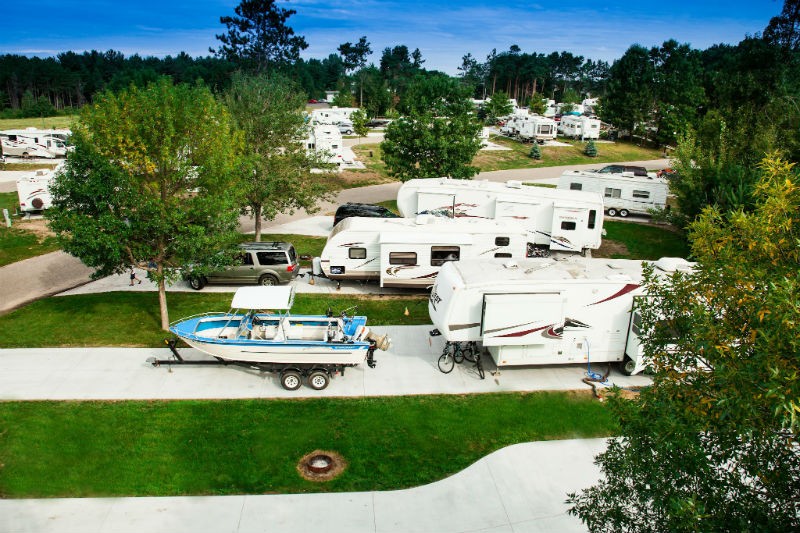

Indeed some campers may actually carry around metal weights or something similarly heavy to use to keep the connected hose in place. We are first going to connect the sewer hose to the sewer inlet itself. This stage is very important because, in the name of avoiding any catastrophe, you want to make sure that the hose is properly and firmly connected to the inlet. CONNECT THE SEWER HOSE TO THE SEWER INLET Step 3 is especially geared towards newbies. If you aren’t experienced in RV dumping, then you should perhaps put on clothing that you don’t intend to wear beyond the site. Or as mentioned above you can wear something over your clothing which is better suited to the task at hand.Ĥ. The heavy-duty type may be recommended by some, especially once again in regard to newbies, but many campers just use those of the disposable, albeit quality, variety. You will be wearing gloves plastic throughout the whole procedure, once again in the name of safety.

This is advisable at first but once you become more experienced in following the procedure, may not really be necessary. Some people may also opt to wear something like a plastic apron or smock over their clothes to keep them from potentially being exposed to waste. These would be your sewer hose (to connect from the RV to the sewer), another like a conventional garden hose, plastic gloves, and some appropriate disinfecting wet wipes. PREPARATIONįirst off, there are four basic items that will be needed on your part to not only clean out the tank but also keep yourself clean in the process, since we are after all dealing with sewage. But once again it is a necessary part of RV living, and this post will highlight the easy-to-follow steps in getting rid of your waste effectively and cleanly, as intended.

And no, doing so isn’t particularly a pleasant experience for any of us.

These can be found at numerous locations across the country, as listed in the Dump Site Near Me database.
#RV STATION HOW TO#
So in this particular article, we’re going to be looking at how to dispose of your black and gray water via specifically designated RV dumping stations, as most RVers tend to do. In fact, you can’t even dispose of it in your own home, if you have a stationary residence, without first checking with your local government to make sure such is permissible. But just because you’re out on the open road or chillin’ at a campsite doesn’t mean you can just dispose of this wastewater anywhere. That’s what the black and gray water tanks are for. For instance, of course, solid and liquid wastes that accumulate inside of your RV during periods of travel and habitation do not just magically disappear. But with every adventure and lifestyle also comes the unpleasant, unavoidable aspects of the modus operandi which we have to contend with. Spending time in your RV can be an edifying adventure or even a lifestyle.


 0 kommentar(er)
0 kommentar(er)
